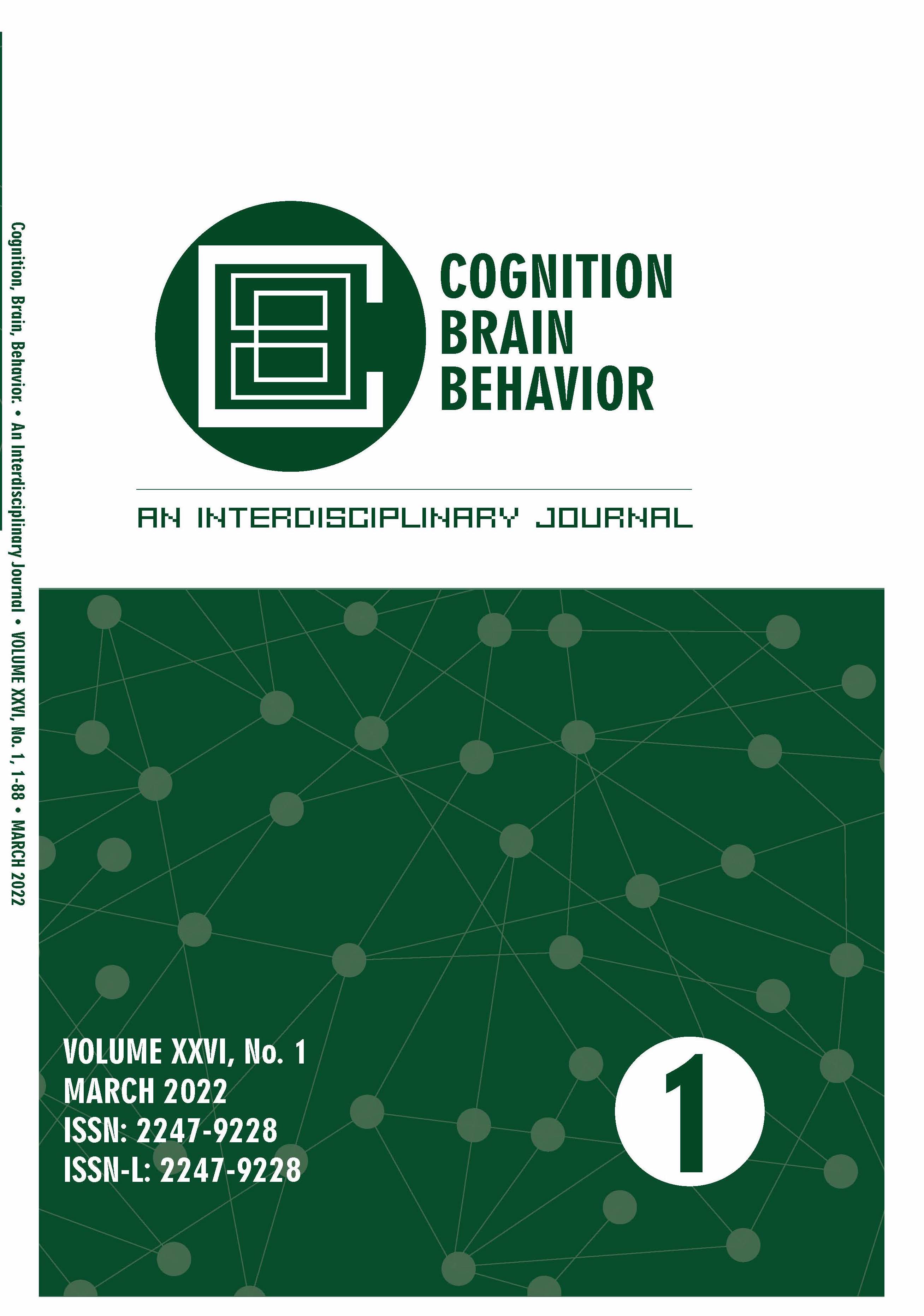The effect of the introduction of daily physical education classes on the leisure activities of Hungarian students
The effect of the introduction of daily physical education classes on the leisure activities of Hungarian students
Author(s): Ibolya Barsiné Dizmatsek, Jonathan Ling, László Tóth, Pál Hamar, István SoósSubject(s): Gender Studies, Education, School education, Methodology and research technology, Health and medicine and law, Sports Studies, Pedagogy
Published by: Editura Asociației de Științe Cognitive din România (ASCR)
Keywords: Sedentary behavior; repeated cross-sectional study; Ecological Momentary Assessment; physical education;
Summary/Abstract: Hungary is unique in Europe having five school physical education (PE) classes per week for every child. The objective of this study was to examine the changes that have occurred in the leisure-time activities (sedentary activities and physical activities) of Hungarian students since this introduction. Students’ sedentary activities and physical activities activity were measured in a repeated cross- sectional study using the Ecological Momentary Assessment (EMA) method. Activities were reported by participants from getting up in the morning until starting school and from after school until falling asleep, at 15-minute intervals. Behaviors were reported in response to a single free-response item: ‘What are you doing now?’. The first survey was in 2005/06, and the second survey was in 2015/16 after the introduction of daily physical education. We found that despite daily PE, Hungarian students still spend most of their leisure time sitting (e.g., talking, watching TV). However, reported leisure time spent on sport and exercise was ranked higher than in the first survey, moving from eighth to fifth place. Boys still spend more time watching TV and playing computer games than girls but are also more physically active. No significant age effects were found in time spent on sport and exercise, but there was a difference in sedentary activities. Regardless of gender and age group, after the introduction of daily physical education, leisure time spent on sports and exercise increased significantly.
Journal: Cognition, Brain, Behavior. An Interdisciplinary Journal
- Issue Year: XXVI/2022
- Issue No: 1
- Page Range: 1-17
- Page Count: 17
- Language: English
- Content File-PDF

